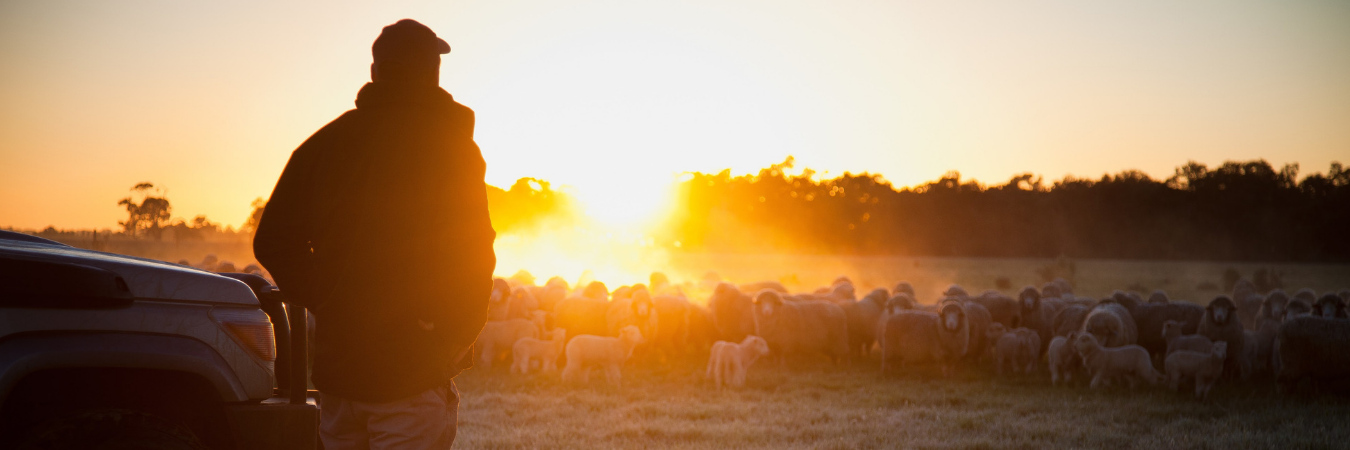When looking back at the 2018 season, most farmers in the eastern states of Australia will remember it as being very challenging. By far the biggest challenge in 2018 was a lack of rain. Many areas would only receive decile 1 or 2 annual rainfall and this was compounded by several frost events.
What we don’t often hear about from 2018, were the success stories. While conducting annual reviews in the early months of this year we were very happy to hear from some of our clients in the Mallee who enjoyed some success. Advances in farming practices over the last 20 years (i.e. no till, summer weed control) have meant that growers were able to convert minimal in crop rainfall into grain yields. In such a trying season these yields would have been previously out of reach. Water Use Efficiency (WUE) figures of well above 20kg grain/ha/mm were recorded and show an increasing ability to efficiently use the rainfall that does occur.
When looking further into the success stories of 2018, there are other factors beyond farming systems and WUE. Some of the key points are listed below.
Tracking Historical Performance
The process of keeping track of how you perform year in year out and undertaking a thorough annual review process allows you to identify the main drivers of profit – positive or otherwise. More than just simply looking at the top line or the bottom line. These may be the financial results, but they may also be less tangible things such as whether you have the labour mix right, how much fatigue played a factor and whether you were able to achieve any of your non-financial objectives.
Costs
By minimising non-essential costs in dry seasons, we can limit the impact of lower income. This may seem easy but when we consider machinery, full time labour and finance costs (all of which need to be serviced if we are to carry on farming into the future) it can be challenging. Where we do have room to move is on input costs. Having a script on what inputs will be needed at various stages in the season is great for average or excellent seasons but these need to be adjusted as the season progresses in dry years. There is an old saying that goes “the easiest dollar you’ll ever earn is the one you don’t spend” this is especially true in below average years.
This type of decision making has its roots deeply embedded in production economic theory, so make sure you have a professional give advice. When capital is scarce it is even more important to have a sound decision making process.
Flexibility
During the spring of 2018, many growers were faced with the decision of whether to cut crops for hay or carry them through to grain. Consulting with your agronomist during this time to help with assessing dry matter production or if a crop will make it through to grain harvest helps take some of the stress out of this decision-making process. The next part of this process is to figure out what is the cost of cutting, carrying and marketing hay, especially if your business isn’t set up for hay production.
Each year provides a new set of challenges and opportunities. Recent rains have resulted in an optimistic outlook for Victoria. Planning ahead to decide how to make the most out of a good year may become the focus if prices and yield potential remain favourable.
Acknowledgements
Tristan Wardley (Agriculture Victoria)

